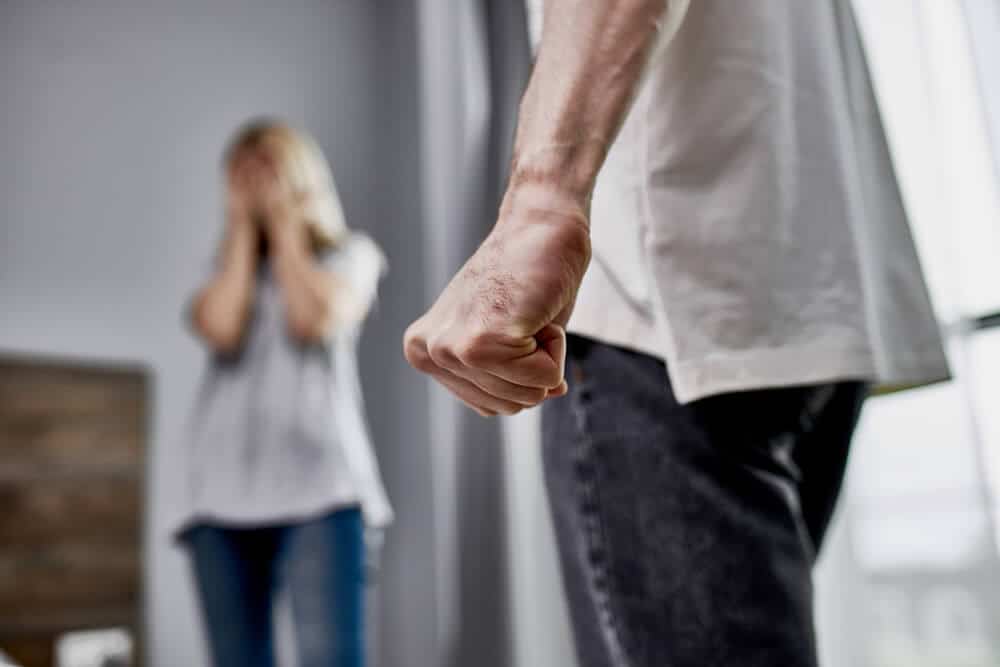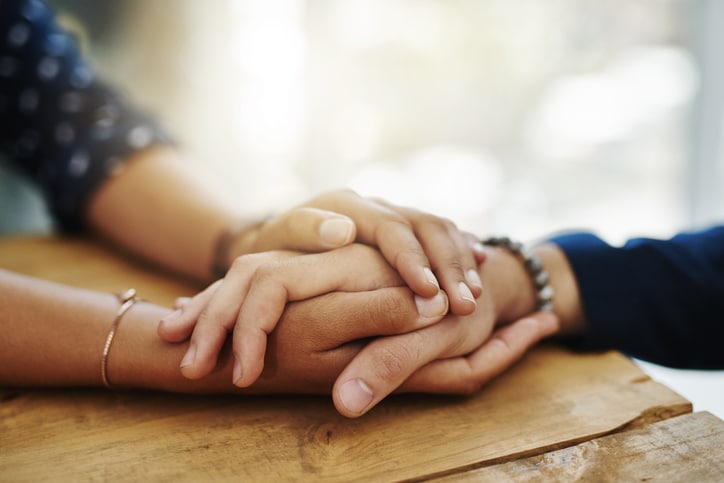With the International Day for the Elimination of Violence Against Women on November 25th, there’s no better time to learn more about domestic violence. According to the National Coalition Against Domestic Violence, roughly 20 people in the United States experience domestic violence every minute, adding up to about 10 million people each year. Of those abused, most are women. Roughly 1 in every 4 women will be abused by an intimate partner, whether that abuse is physical, sexual, or emotional.
Although the signs of abuse may be obvious in some cases, there are several ways in which the abuser or the subject of abuse may hide the potential symptoms. For that reason, domestic abuse can sometimes continue for years without anyone noticing. To better equip yourself for a domestic violence situation, whether you are involved in such a relationship or suspect someone you know may be, make sure you understand how to spot the cycle of abusive behavior.
Understanding Abusive Behavior
Abusive behavior can take many shapes and forms, and sometimes it comes on so slowly that those who experience domestic violence have a difficult time identifying it in their own lives. Typically, abusers follow an established cycle of violent or abusive behavior. And, remember, physical abuse isn’t the only type of dangerous domestic violence; abuse can also be emotional, financial, and sexual in nature.
In any case, the abusive party often lashes out in order to establish control and dominance. Such behaviors can be extremely unsafe and damaging, so knowing how the cycle works can be extremely important in identifying and preventing domestic violence.
The cycle of abusive behavior often goes as follows:
- Tension: A tense dynamic builds, inciting fear and anxiety.
- Abuse: The abusive event takes place.
- Guilt: The abuser expresses guilt or apologizes.
- Explanations: The abuser begins to make excuses for his/her behavior.
- Good behavior: The abusive partner’s behavior returns to “normal,” lulling the abused partner into a false sense of security.
- Set-up: The abuser sets the stage for the next event, finding an excuse to lash out.
If you recognize this pattern in your own relationship, or in someone close to you, know that there are several options available. First off, ending the abuse is the most important step.
To report abuse, contact The National Domestic Violence Hotline online or call 1(800) 799-7233 for immediate, judgment-free help.
Once the abused person is safe and protected, you should contact an attorney to begin exploring your legal options. Restraining orders can provide immediate, temporary and long-term protection, and a divorce or legal separation could help restore the survivor’s financial and legal independence. In any case, one of our attorneys at Fenchel Family Law PC can assess your unique situation and help find the best course of action. Nobody deserves to be abused, and we want to help you and your family through this difficult time.
Contact Fenchel Family Law PC to speak with one of our compassionate, experienced attorneys.





